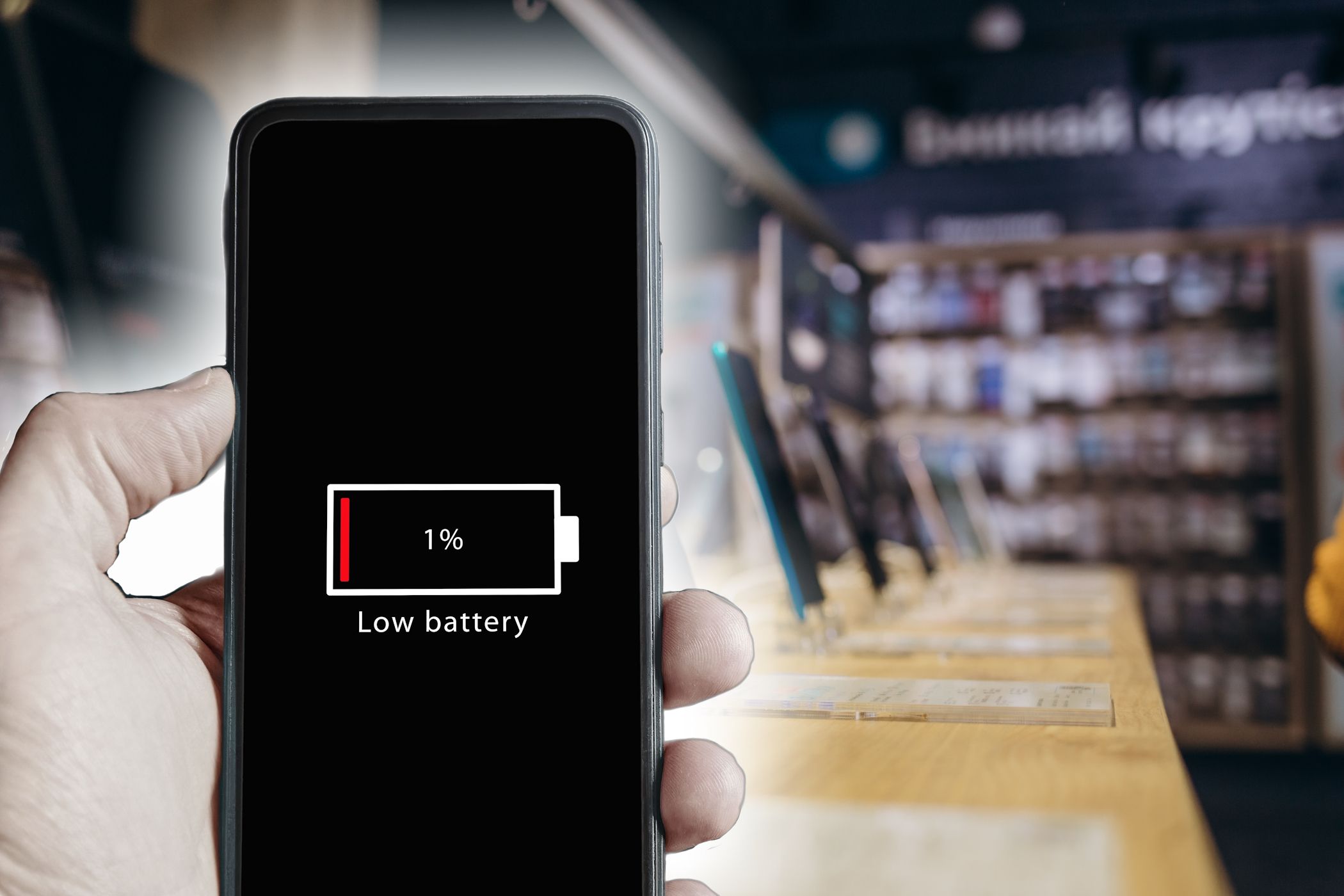
Have you ever wondered why airplane windows are always round or oval? It’s not just for aesthetics—this design actually saves lives!
- The Deadly Mistake of Square Windows
In the 1950s, the world’s first commercial jet, the de Havilland Comet, had square windows—and they led to disaster. Three Comet planes mysteriously broke apart mid-air, killing everyone on board. - The Science of Pressure and Weak Points
At high altitudes, airplanes experience extreme air pressure differences between the inside cabin and the outside atmosphere. The corners of square windows became weak points where stress concentrated, leading to fatal cracks in the fuselage. - Why Round Windows Solve the Problem
A rounded shape distributes pressure evenly, eliminating stress points. This small design change completely transformed air travel safety, preventing further structural failures. - The Hidden Safety Feature in Your Window
Ever noticed the tiny hole at the bottom of airplane windows? It’s called a breather hole, and it helps balance air pressure between the outer and inner window panes, preventing fogging and additional stress buildup.
Thanks to round windows, modern planes are far safer than their early predecessors. So next time you gaze out of an airplane window, remember—it’s not just a design choice, it’s an engineering lifesaver!





